|
Chinese American physicist Tsung-Dao Lee (Li Zhengdao), a Nobel laureate who made significant contributions to advancing China's science education and innovation in high-energy physics, passed away in the United States August 5. He was 97. 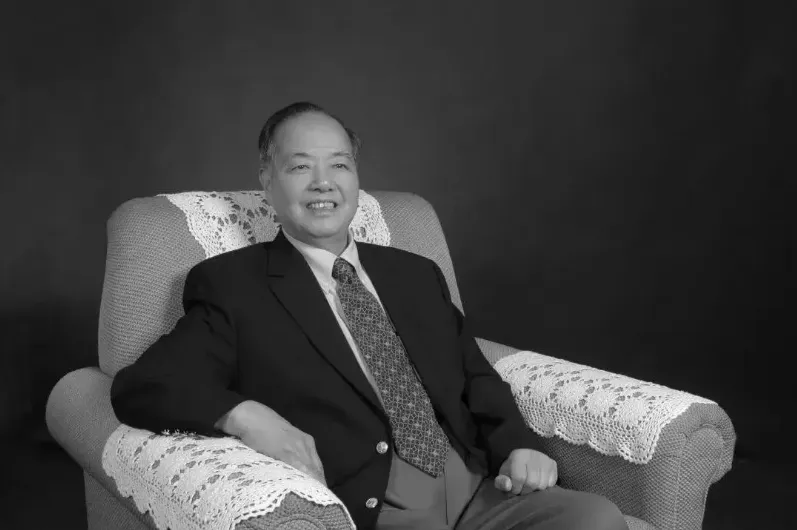
A profile of Tsung-Dao Lee Photo/CCTV
Shanghai Jiao Tong University, where Lee was an honorary professor, confirmed his death in an obituary released on the same day.
Lee, who was also a foreign academician of the Chinese Academy of Sciences, was born in Shanghai in November 1926. He attended universities in Zhejiang and Yunnan provinces before receiving a doctoral degree at the University of Chicago in the US in 1950.
Yunnan as pivot in Lee’s life
“As a sophomore, I was transferred to the National Southwestern Associated University (Lianda) in Kunming, Yunnan province in 1945. Before that, I finished my first year at Zhejiang University,” said Tsung-dao Lee in a recorded interview that is still available on Douyin.
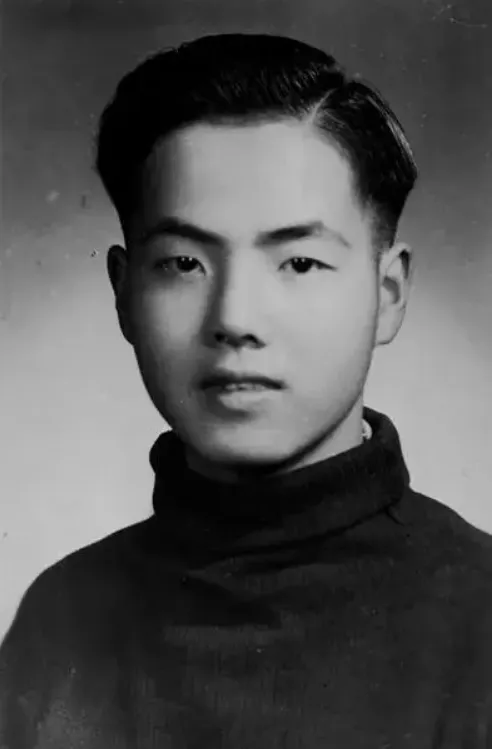
Lee in early 1946, when he studied in Yunnan
Lee added that in May 1946, he left the Yunnan-based university and via Kunming and Shanghai, he headed for the United States, continuing his learning journey there.
“Although I just learned in Lianda for one year, the university had a tremendous influence on my life, which can be put in the English phrase of a ‘pivotal point’ in my life,” Lee noted, praising the success of the Lianda education model, where numerous talents have been trained out of a quite limited total number of students.
“Not only did I receive a good education at the Yunnan-based university, but more importantly, it granted me the opportunity to continue my study in the US,” Lee explained, citing the fact that Lianda was combined by the three universities of Peking University, Tsinghua and Nankai University and the faculty strength of Lianda was thus greater than that of any Chinese university back then.
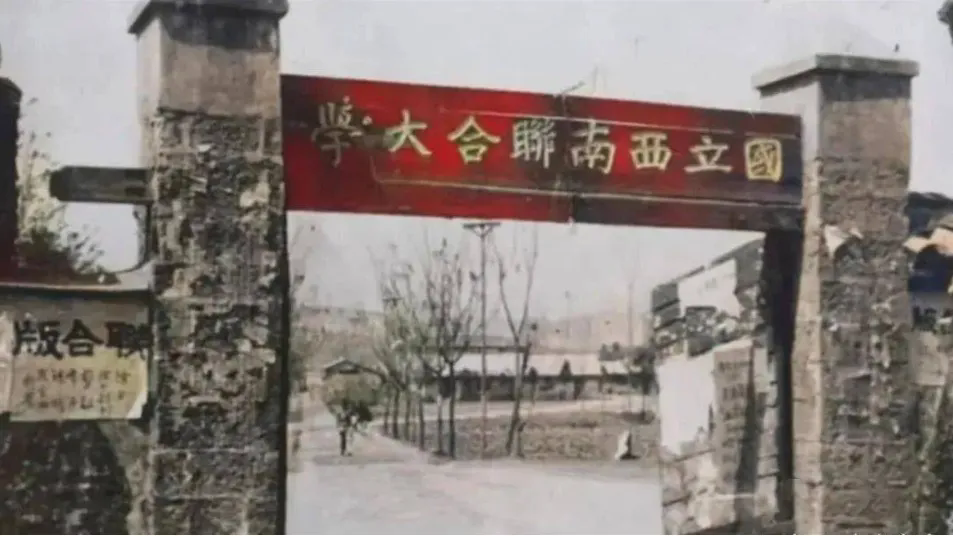
Gate of the National Southwestern Associated University (Lianda) in Kunming
Helped by teachers at the Lianda Physics Department, Lee attended lectures as extensively as possible, accessing those for sophomores and juniors at the same time. "In fact, I studied all the subjects related to physics and mathematics in the university, and that's why I was capable of attending the graduate school when I was in the United States," said Lee.
Lee recalled that life at Lianda was very hard. “Sixteen university students shared in a tiny thatched hut as the dormitory, and the classrooms were also thatched cottages,” said Lee.
However, Lee said that Kunming tea houses in 1940s were like Paris cafe houses in the 19th century, and countless Lianda geniuses, such as Yang Zhenning, Huang Kun and Zhang Shoulian, got together in the tea houses for merry talks after dinner at school, according to an online article.
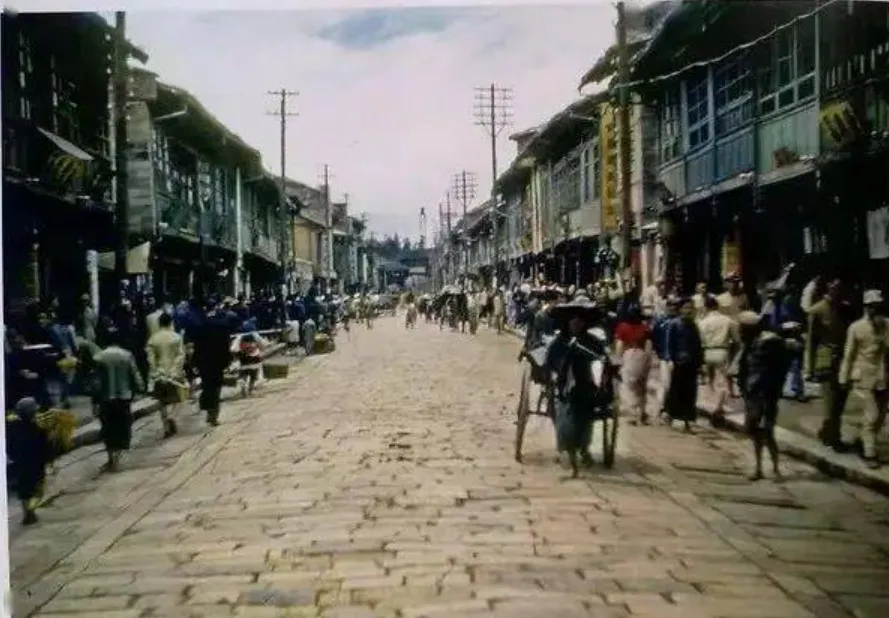
A view of downtown Kunming in the 1940s
Grateful to Lianda teacher Wu Ta-You
Tsung-Dao Lee was best known for his joint investigation of the principle of parity with Yang Zhenning, also known as Yang Chen-Ning, another renowned Chinese physicist who now lives on the campus of Tsinghua University in Beijing. The research earned them the 1957 Nobel Prize in physics.
Since the early 1970s, he frequently traveled to China to give lectures and provide suggestions on the nation's science education, frontier research in high-energy physics, high-quality talent cultivation and China's scientific cooperation with other countries.
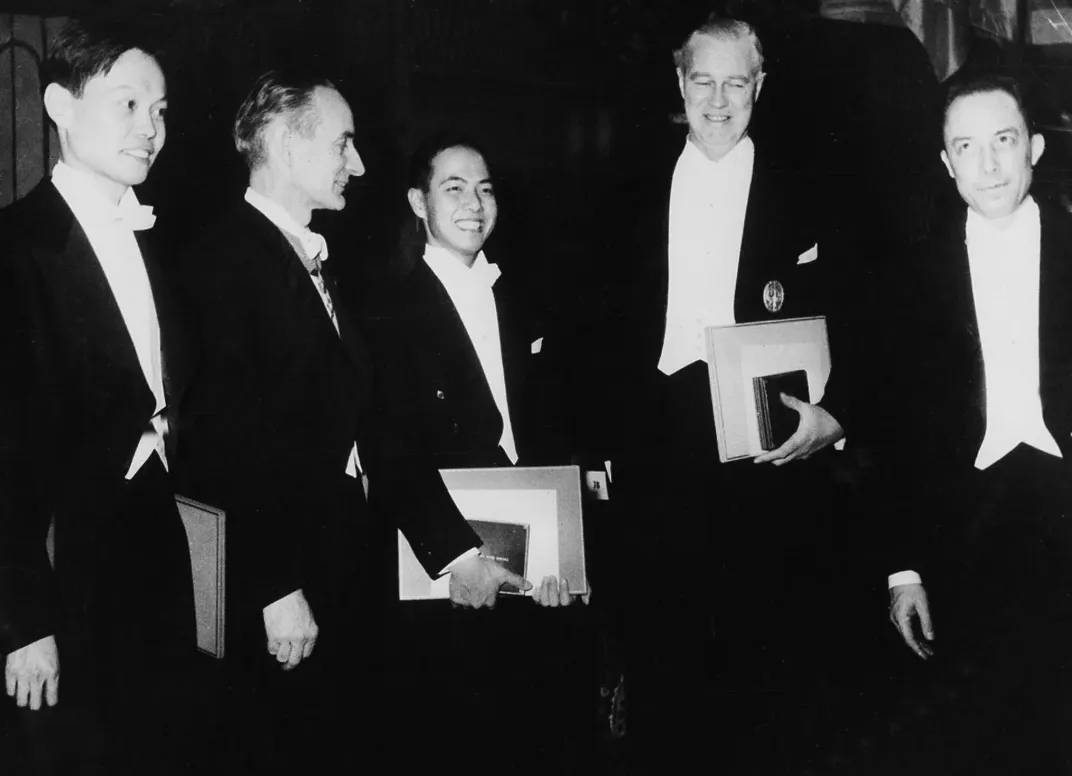
Lee (central) and Yang (1st from left) are among the Nobel Prize winners in science and literature in Stockholm in 1957. AP Photo He helped establish a number of academic programs for gifted young people and college students in China to foster talent and promote Chinese researchers' communication with the US and other developed countries, advocating the China-US joint committee on high-energy physics. Lee’s active contribution to the Chinese cause of physics education and the China-US academic communication can be partly attributed to his gratitude to the Lianda teacher Wu Ta-You (Wu Dayou), who has been regarded as the Father of Chinese Physics.
“It was Mr. Wu Dayou who gave me the opportunity. Without such an opportunity, I wouldn't be here today,” Lee said with emotion in 1986, when a banquet was held by Columbia University to celebrate his 60th birthday.
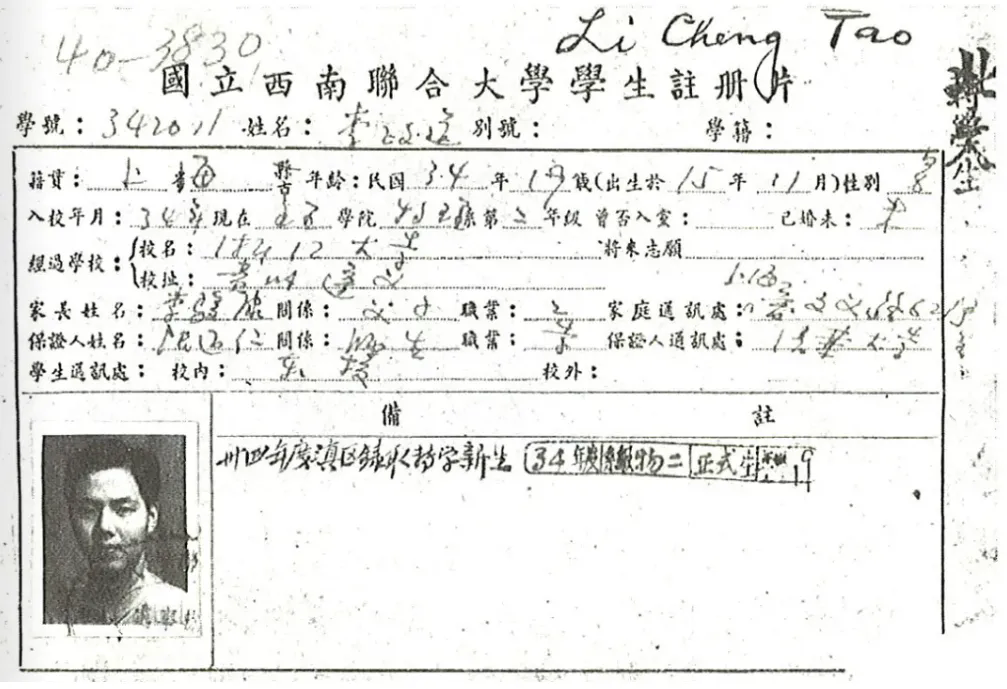
A file of Lee's registration at Lianda university
According to another online article, Lee first met Wu on a 1944 morning, when the latter was preparing a lecture in Kunming, Yunnan province. When Wu opened the door in hesitation, he saw a young man carrying a big bag full of books.
From a recommendation letter by his friend Liang Dapeng, Wu realized that the young man had studied at Zhejiang University, but the university had suspended teaching after being moved to Guizhou province due to the Japanese invasion. Liang said Lee was gifted in learning and asked Wu to admit Lee.
Lee looked at the long-admired teacher, excited and worried. He wondered whether this letter of recommendation could impress Wu. According to the admission rules, there is no precedent to apply for membership halfway without taking the exam first.
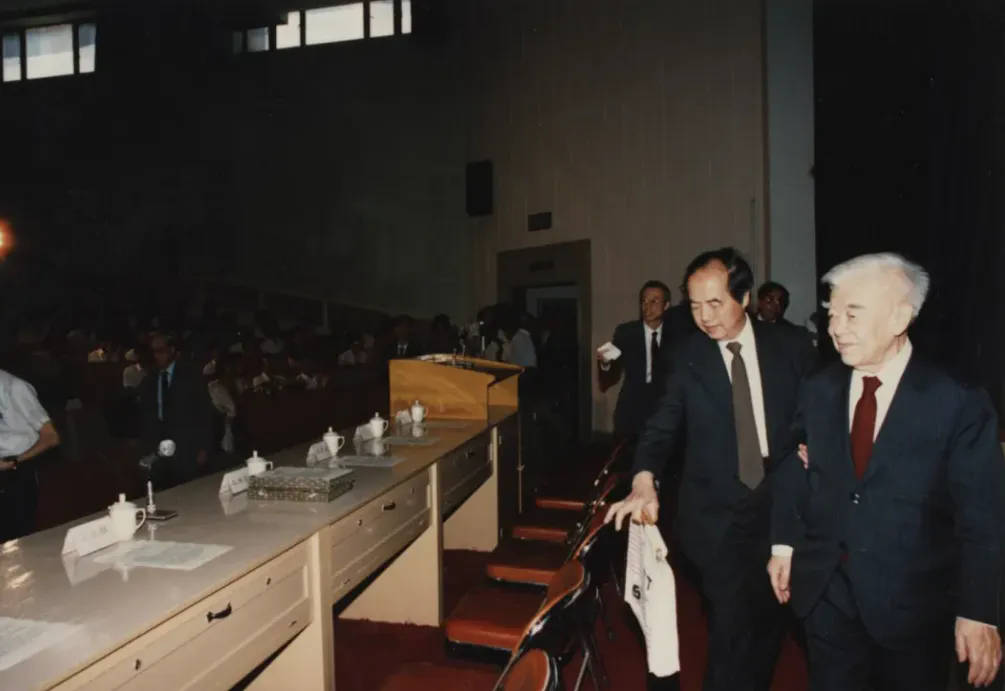
Lee and his Lianda teacher Wu (gray haired) attend an event at Peking University in 1992.
However, Wu actively facilitated his entry into the university. After ups and downs, Lee was registered as a student in Peking University and was officially transferred to the Lianda Physics Department in 1945, paving the way for his further study and teaching career in the US.
From 1953 until his retirement in 2012, Lee taught at Columbia University in New York City, where he was named Enrico Fermi Professor of Physics.
Sources: China Daily, Douyin, WeChat articles and others; Online photos; Proofreading by Wang Huan; Trans-editing by Wang Shixue
(编辑:廖云芝)
|


